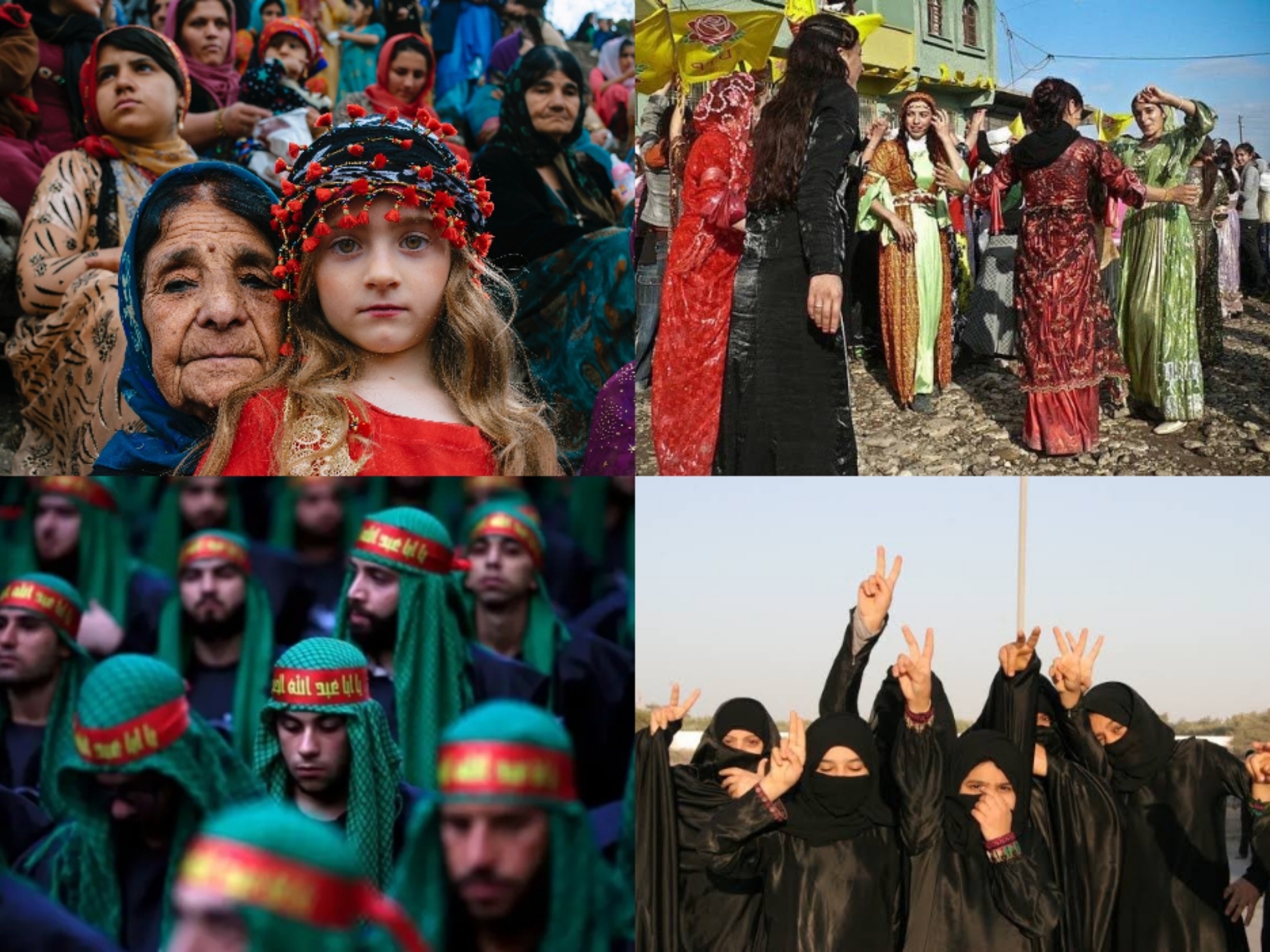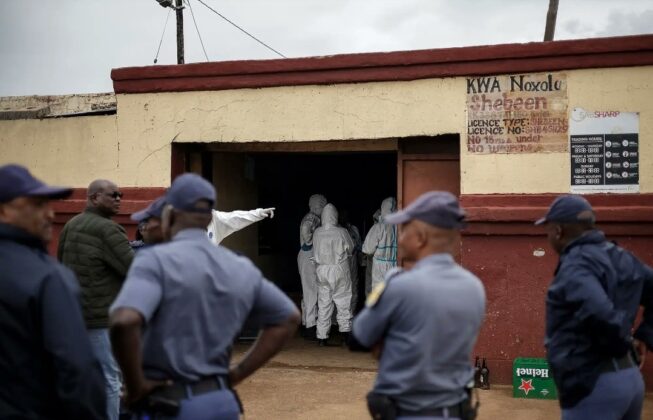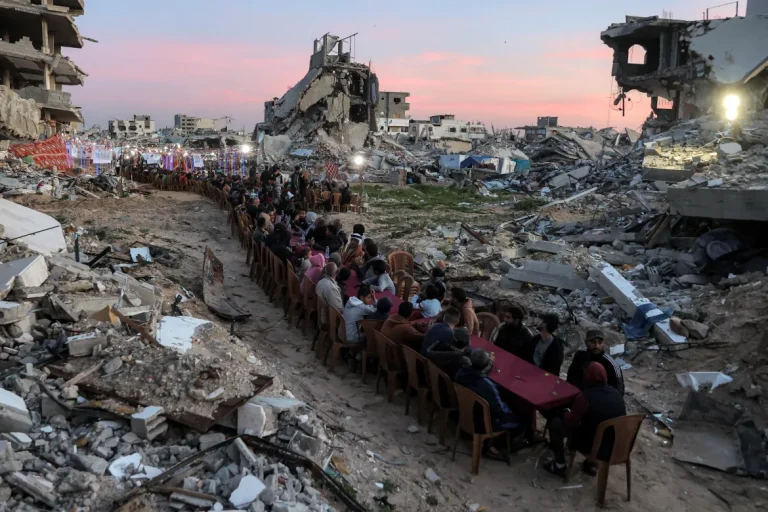
The Kurds and Shia Muslim communities continue to face systemic discrimination, marginalisation, and cultural suppression in the Middle East.
(The Post News)– In the shadow of the Middle East’s ongoing wars are the Kurds and Shia Muslims, whose treatment has been the topic of international criticism and domestic controversy. In Turkey, Iraq, Iran, Syria, Saudi Arabia, and Bahrain, these communities continue to face systemic discrimination, marginalisation, and cultural suppression.
The Kurdish Community
The Kurds are the Middle East’s fourth-largest ethnic group, with over 30 million people. Despite their population size, Kurds remain stateless as they inhabit a region spanning southeastern Turkey, northern Syria, northern Iraq, and western Iran—known to many as “Kurdistan”. Their demands for cultural recognition, political autonomy, or independence have often been met with severe oppression, structural violence, and cultural assimilation.
The Kurdish Struggle Across Borders: in Turkey, Kurds have historically had aspects of their identity heavily policed. The government has long associated Kurdish identity with separatism, leading to restrictions on language, culture, and political expression. Speaking Kurdish in public was once banned, and pro-Kurdish political activity led to arrests.
As of 2025, the Kurdish community in Turkey continues to live under a complex and often repressive environment shaped by historical mistrust, political tension, and national security concerns. Although the outright ban on the Kurdish language has been lifted, Kurdish is still not recognised as an official language, and education in Kurdish is extremely limited or inaccessible in some cities. Political tensions between pro-Kurdish parties and the government remain high, especially following the criminalisation of the Peoples’ Democratic Party (HDP) and the removal of numerous elected Kurdish officials. Economically, Kurdish-majority regions in southeastern Turkey remain among the country’s poorest, despite Kurdish people making up an estimated 17% of the national population.
In Iraq, the Kurdish population has a relatively higher degree of autonomy compared to elsewhere in the region. The establishment of the Kurdistan Regional Government (KRG) following the fall of Saddam Hussein in 2003 gave the Kurds self-governance over much of northern Iraq. With its own parliament, military forces (Peshmerga), and partial control over local resources—though Iraqi Kurds are still a minority nationally—the KRG has fostered a stable and distinct Kurdish political identity.
The KRG has fostered a relatively stable and distinct Kurdish political identity. The relationship between the KRG and the central government remains fraught as tensions persist over the federal budget, oil revenue sharing, and military coordination.
However, the relationship between the KRG and the central government remains tense. According to the Council on Foreign Relations (2025), tensions persist over oil revenue sharing, federal budget allocations, and military coordination, especially since the 2017 Kurdish independence referendum and the loss of the disputed city of Kirkuk.
Similar to the situation in Turkey, Kurds in Iran struggle with access to education in their own language. Although Kurdish was recognised by the constitution in 1979 and is widely spoken in western provinces, it is not recognised as an official language and therefore is largely excluded from the national curriculum. According to Kurdish news outlet Rudaw, efforts to incorporate Kurdish-language instruction remain limited and often face state resistance.
Additionally, Iranian authorities have also been accused of using the death penalty as a tool to intimidate the population and reinforce state control. The UN Human Rights Council reported 49% of all political prisoners executed in Iran between 2010 and 2023 were from the Kurdish minority.
The Shia Islam Community in the Middle East
Shia Muslims (also known as Shiites, Shi’ites or Shi’a) are the second-largest Muslim group worldwide. They make up more than a third of the Muslim population in the Middle East. While Shia communities are spread across the region, the largest concentrations are found in Iran (where it is a state religion), Iraq, Bahrain, and Azerbaijan. In other Middle Eastern countries, such as Saudi Arabia, Syria, and Lebanon, Shia Muslims often exist as minorities within predominantly Sunni populations, which sometimes include extremist Sunni groups that have historically marginalised Shia communities.
In Sunni Islam-dominant countries like Saudi Arabia, Syria, and Egypt, Shia Muslims experience restrictions on their practices, limited political representation, and social exclusion. For example, in 2014, a royal decree Saudi Arabia issued restrictions on the religious activities of Shiite and Sufi Muslims. This decree also imposed prison sentences of up to 20 years for atheism. Faith has long been a primary source of division in the region; however, over time, these religious differences have deepened into wider geographical tensions and political conflicts.
These tensions have frequently translated into systemic discrimination and violent repression in countries like Bahrain and Saudi Arabia. Human Rights Watch reports the killing of 81 Shi’a men by the Saudi Arabian authorities. They also report that Bahraini authorities have violently arrested numerous human rights defenders with Shia backgrounds.
Even though Shia Muslims occupy a more central position in the politics and religion in Iraq, tensions with Sunni and Kurdish minorities, as well as between competing Shia factions, continue to fuel political instability and public unrest.



